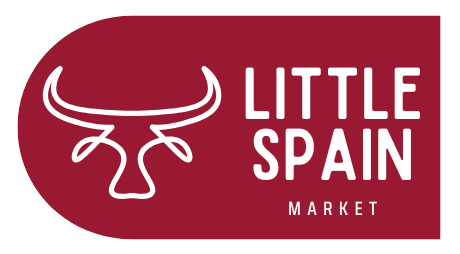
Jota: The Regional Dance of Aragón and Other Regions
Share
The Jota is one of Spain’s most iconic traditional dances, originating in Aragón but spreading across various regions, each adding its unique touch. Known for its lively rhythm, energetic footwork, and expressive lyrics, the Jota has been a key part of Spanish folk culture for centuries.
In this blog, we explore the history, regional variations, and significance of the Jota, along with where you can experience this spectacular dance in Spain.
The Origins of the Jota
The Jota is believed to have originated in Aragón during the 18th century, though its exact origins remain debated. Influenced by Moorish, Celtic, and Spanish folk traditions, the dance quickly gained popularity throughout Spain.
Initially performed in rural celebrations and festive gatherings, the Jota evolved into a more structured performance seen at cultural events and competitions today.
Characteristics of the Jota
1. Music and Instruments
-
Performed in ¾ or 6/8 time, giving it a lively and dynamic feel.
-
Accompanied by traditional instruments like guitars, bandurrias, castanets, tambourines, and sometimes accordions.
-
The singing often narrates historical events, love stories, or local traditions.
2. Dance Movements
-
Characterized by high jumps, quick footwork, and graceful arm movements.
-
Dancers typically perform in pairs or groups, showcasing synchronized steps and elegant postures.
3. Traditional Costumes
-
Men wear vests, sashes, white shirts, and knee-high boots.
-
Women wear colorful skirts, embroidered shawls, and delicate lace mantillas.
Regional Variations of the Jota
Although Aragón is the birthplace of the Jota, many regions have developed their own versions, each with distinct styles:
1. Jota Aragonesa (Aragón)
-
The most recognized and energetic version.
-
Involves rapid footwork and grand, theatrical gestures.
2. Jota Castellana (Castile & León, Castile-La Mancha)
-
Slightly slower and more refined, focusing on elegant movements.
-
Often performed at village festivals and religious celebrations.
3. Jota Valenciana (Valencia)
-
A faster-paced version with elaborate hand movements.
-
Includes influences from Mediterranean folk music.
4. Jota Navarra and Jota Riojana (Navarra & La Rioja)
-
More rhythmic and percussive, often accompanied by hand clapping.
-
Typically performed at local feasts and celebrations.
5. Jota Gallega (Galicia)
-
Infused with Celtic musical elements, incorporating bagpipes and tambourines.
-
Features a more bouncing, rhythmic style.
Where to Experience the Jota in Spain
1. Zaragoza: The Heart of Jota Aragonesa
-
Fiestas del Pilar (October) – The largest festival in Aragón, featuring spectacular Jota performances.
-
Jota competitions and folklore exhibitions throughout the city.
2. Madrid: Cultural Showcases
-
Teatro de la Zarzuela – Hosts performances featuring Jota-inspired choreographies.
-
Traditional festivals in Plaza Mayor.
3. Valencia: A Mediterranean Twist
-
Las Fallas Festival (March) – Includes Jota Valenciana as part of cultural celebrations.
-
Folklore groups and dance schools offer live demonstrations.
The Jota Today: Preserving Tradition
Although rooted in tradition, the Jota continues to evolve:
-
Dance schools and cultural groups keep the steps and music alive.
-
Contemporary artists blend Jota rhythms with modern folk and classical music.
-
Regional competitions and festivals help pass the tradition to new generations.
